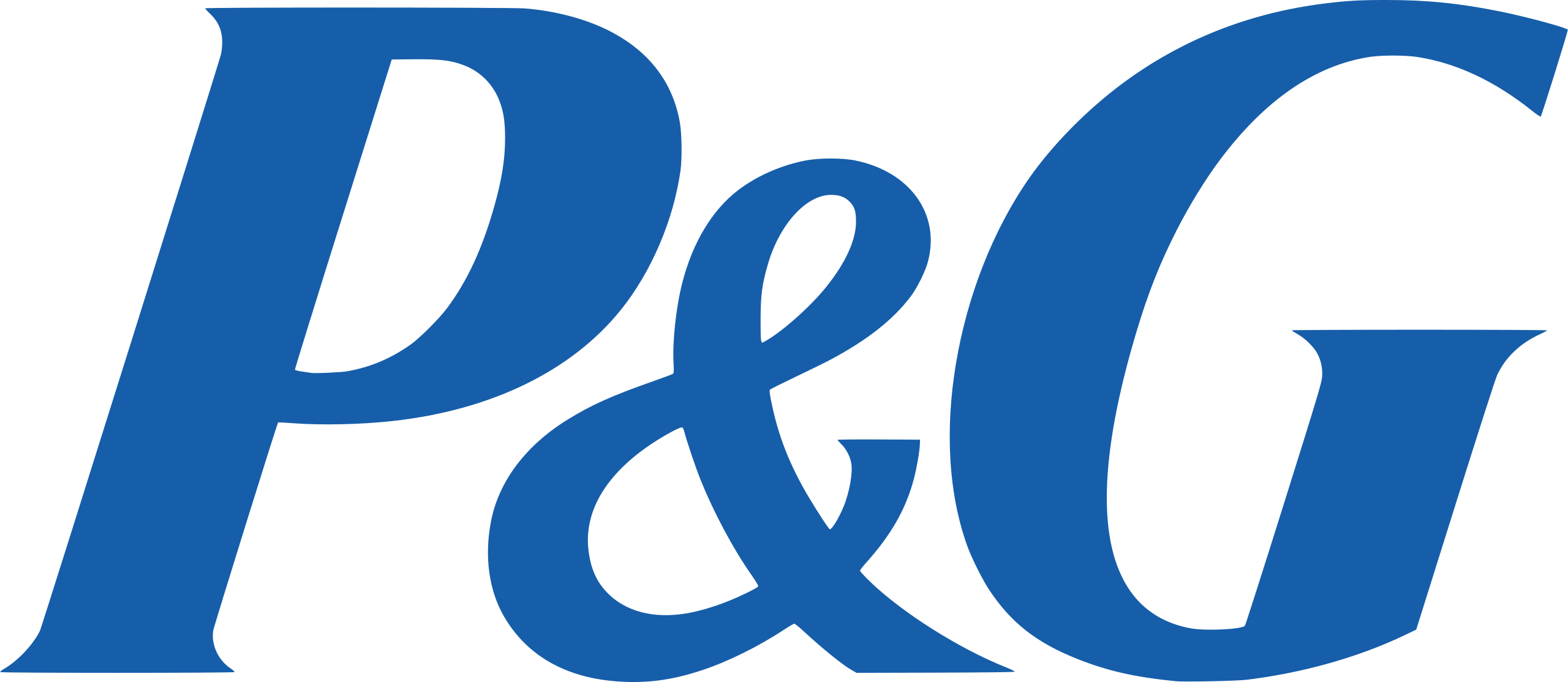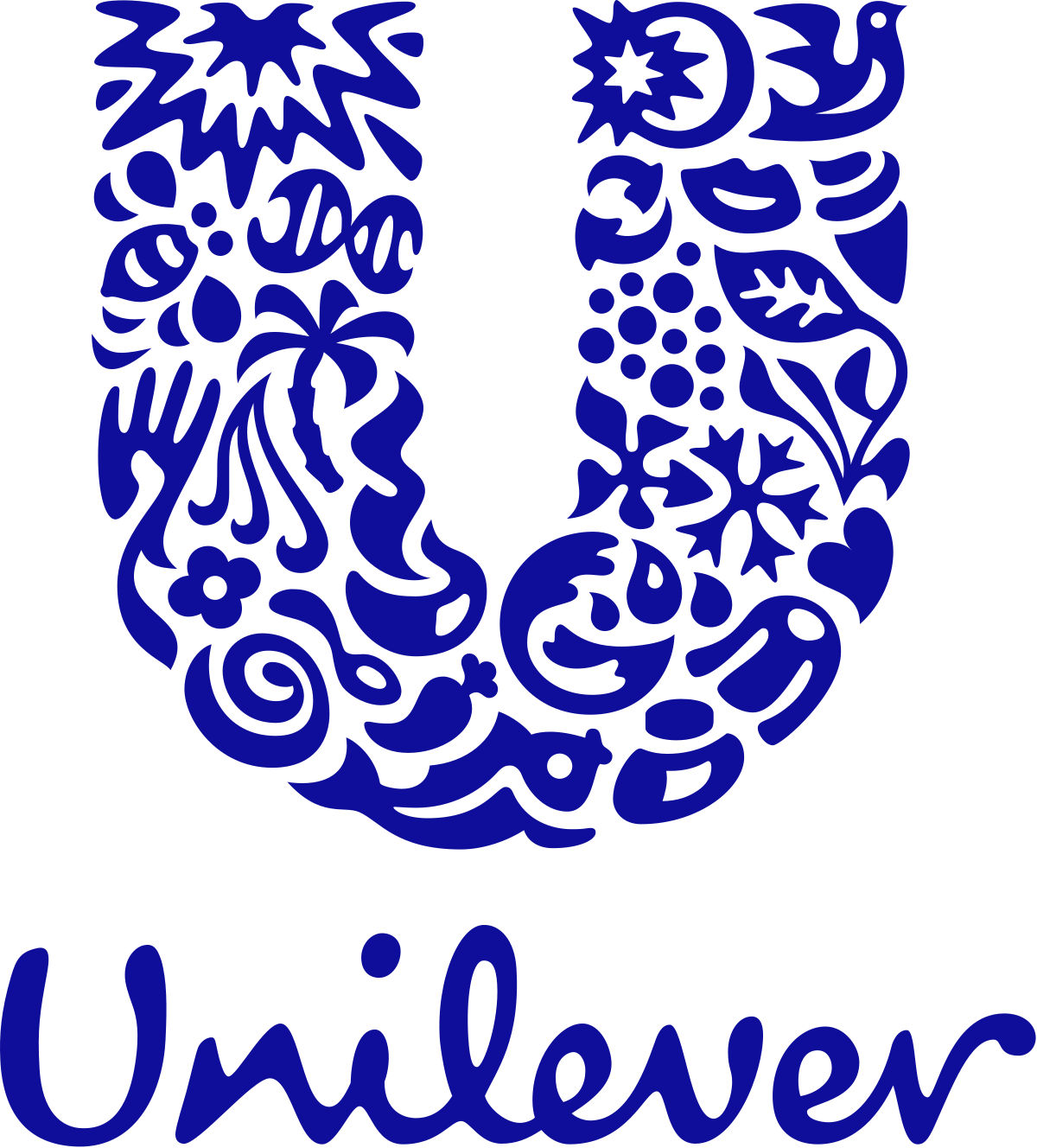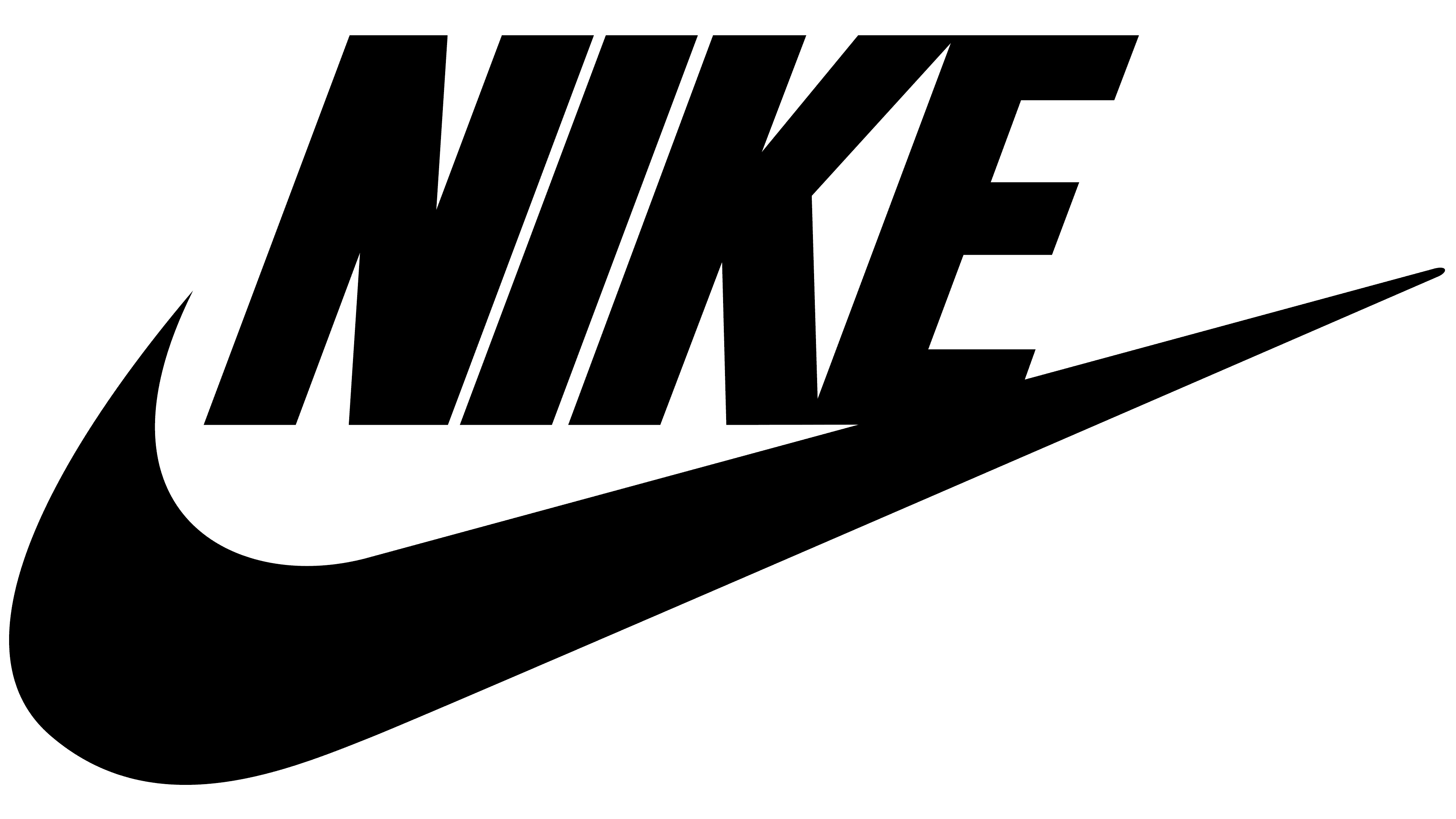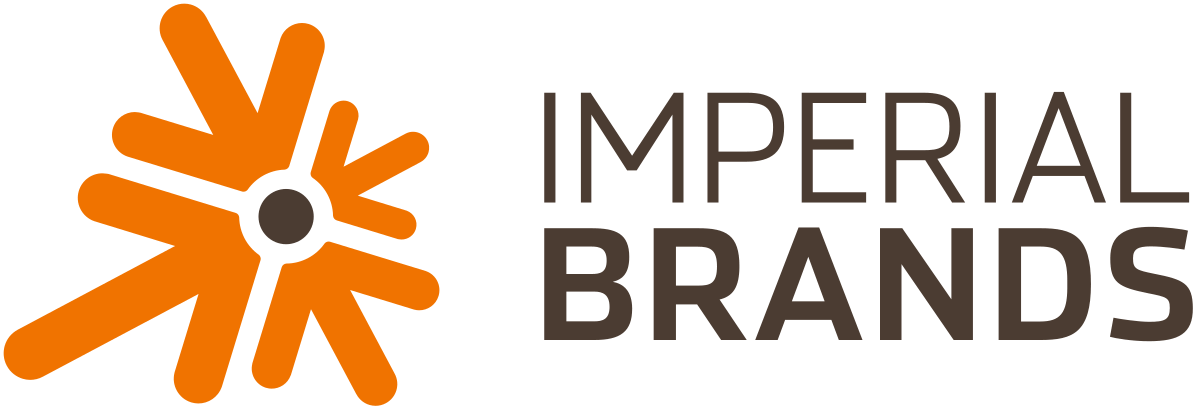Global Horse Riding Equipment Market By Type, By Gender, By Sales Channel, By Price Range, By Material Type, By Region: Global Insights, Growth, Size, Comparative Analysis, Trends and Forecast, 2023 – 2031
- Industry: Consumer Goods
- Report ID: TNR-110-1015
- Number of Pages: 420
- Table/Charts : Yes
- November, 2023
- Base Year : 2024
- No. of Companies : 9+
- No. of Countries : 29
- Views : 10234
- Covid Impact Covered: Yes
- War Impact Covered: Yes
- Formats : PDF, Excel, PPT
Global Horse Riding Equipment Market Recorded Revenue Worth US$ 2.24 Billion in 2022, Growing at an Estimated CAGR of 4% from 2023-2031.
Horse riding equipment refers to the gear and accessories used by equestrians for riding and caring for horses. This includes saddles, bridles, stirrups, reins, and protective gear like helmets and riding boots. Such equipment ensures rider comfort, safety, and effective communication with the horse during various equestrian activities.
In the global horse riding equipment market, helmets segment is currently dominating among products. The emphasis on rider safety and the enforcement of helmet-wearing regulations in various equestrian sports contributed to their strong demand. For instance, a study in the journal “Injury Epidemiology” highlighted the effectiveness of helmets in reducing head injuries among horse riders, leading to increased adoption.
Global Horse Riding Equipment Market Revenue & Forecast, (US$ Million), 2015 – 2031

Pandemic Impact Analysis on Global Horse Riding Equipment Market
Pre-COVID-19, the horse riding equipment market was steadily growing, driven by increasing interest in equestrian sports and safety awareness among riders. However, post-COVID-19, the market faced challenges due to disruptions in the supply chain and temporary closures of equestrian events and riding schools. Riders’ financial constraints also impacted purchases. Nonetheless, the market showed resilience, with a gradual recovery as restrictions eased and equestrian activities resumed, emphasizing the importance of safety gear in the new normal.

One significant driver of the horse riding equipment market is the growing participation in equestrian activities. According to the American Horse Council, the horse industry in the US alone contributes approximately $50 billion annually to the economy and involves 7.2 million people. The rising popularity of horse riding as a recreational and competitive sport fuels demand for riding equipment. For instance, show jumping, a popular equestrian sport, has seen a surge in global competitions and participants, boosting sales of specialized gear like saddles and bridles.
Safety and liability concerns act as a restraint in the horse riding equipment market. Equestrian activities carry inherent risks, leading to a focus on rider safety and injury prevention. In a survey, 72% of respondents expressed concerns about horse-related injuries. This has led to increased regulatory and safety standards, with riders and riding establishments prioritizing protective gear like helmets and vests. However, these safety measures can add to the overall cost, potentially restraining the affordability and accessibility of equestrian equipment for some riders.
In the global horse riding equipment market by sales channel, independent sports outlets are currently dominating the market. These specialized stores provided a wide range of products and personalized expertise, attracting a dedicated customer base of riders and enthusiasts who value tailored advice and hands-on shopping experiences.

North America accounted for a huge market share in the global horse riding equipment market in 2022. The region boasted a robust equestrian culture, with a high number of riders, competitive events, and well-established horse-related industries. The American Horse Council estimated that the horse industry in the US had an economic impact of over $122 billion. This strong equestrian presence translated into a dominant market position for North America.
Competitive Landscape: Global Horse Riding Equipment Market
- Antares
- Ariat International, Inc.
- Cavallo GmbH & Co. KG
- Colonial Saddlery
- Dainese USA, Inc
- Decathlon
- Fabtron
- Georg Kieffer Sattlerwarenfabrik GmbH
- HKM Sports Equipment
- MOUNTAIN HORSE
- Other Industry Participants
Global Horse Riding Equipment Market Report Coverage
| Report Specifications | Details |
| Market Revenue in 2022 | US$ 2.24 Billion |
| Market Size Forecast by 2031 | US$ 2.99 Billion |
| Growth Rate (CAGR) | 7.4% |
| Historic Data | 2015 – 2021 |
| Base Year for Estimation | 2022 |
| Forecast Period | 2023 – 2031 |
| Report Inclusions | Market Size & Estimates, Market Dynamics, Competitive Scenario, Trends, Growth Factors, Market Determinants, Key Investment Segmentation, Product/Service/Solutions Benchmarking |
| Segments Covered | By Type, By Gender, By Sales Channel, By Price Range, By Material Type |
| Regions Covered | North America, Europe, Asia Pacific, Middle East & Africa, Latin America |
| Countries Covered | U.S., Canada, Mexico, Rest of North America, France, The UK, Spain, Germany, Italy, Nordic Countries (Denmark, Finland, Iceland, Sweden, Norway), Benelux Union (Belgium, The Netherlands, Luxembourg), Rest of Europe, China, Japan, India, New Zealand, Australia, South Korea, Southeast Asia (Indonesia, Thailand, Malaysia, Singapore, Rest of Southeast Asia), Rest of Asia Pacific, Saudi Arabia, UAE, Egypt, Kuwait, South Africa, Rest of Middle East & Africa, Brazil, Argentina, Rest of Latin America |
| Key Players | Antares, Ariat International, Inc., Cavallo GmbH & Co. KG, Colonial Saddlery, Dainese USA, Inc, Decathlon, Fabtron, Georg Kieffer Sattlerwarenfabrik GmbH, HKM Sports Equipment, MOUNTAIN HORSE, Other Industry Participants |
| Customization Scope | Customization allows for the inclusion/modification of content pertaining to geographical regions, countries, and specific market segments. |
| Pricing & Procurement Options | Explore purchase options tailored to your specific research requirements |
| Contact Details | Consult With Our Expert
Japan (Toll-Free): – +81 663-386-8111 South Korea (Toll-Free): – +82-808- 703-126 Saudi Arabia (Toll-Free): – +966 800 850 1643 United States: +1 302-232-5106 United Kingdom: +447537105080 E-mail: askanexpert@thenicheresearch.com
|
Global Horse Riding Equipment Market:
By Type
- Helmets
- Vests
- Stirrup
- Others
By Gender
- Male
- Female
By Price Range
- Mass
- Premium
By Material Type
- Wooden
- Plastic
- Metal
- Leather
- Others
By Sales Channel
- Hypermarket and Supermarket
- Independent Sports Outlets
- Sports Retail Chain
- Others
By Region
- North America (U.S., Canada, Mexico, Rest of North America)
- Europe (France, The UK, Spain, Germany, Italy, Nordic Countries (Denmark, Finland, Iceland, Sweden, Norway), Benelux Union (Belgium, The Netherlands, Luxembourg), Rest of Europe)
- Asia Pacific (China, Japan, India, New Zealand, Australia, South Korea, Southeast Asia (Indonesia, Thailand, Malaysia, Singapore, Rest of Southeast Asia), Rest of Asia Pacific)
- Middle East & Africa (Saudi Arabia, UAE, Egypt, Kuwait, South Africa, Rest of Middle East & Africa)
- Latin America (Brazil, Argentina, Rest of Latin America)
Report Coverage and Deliverables
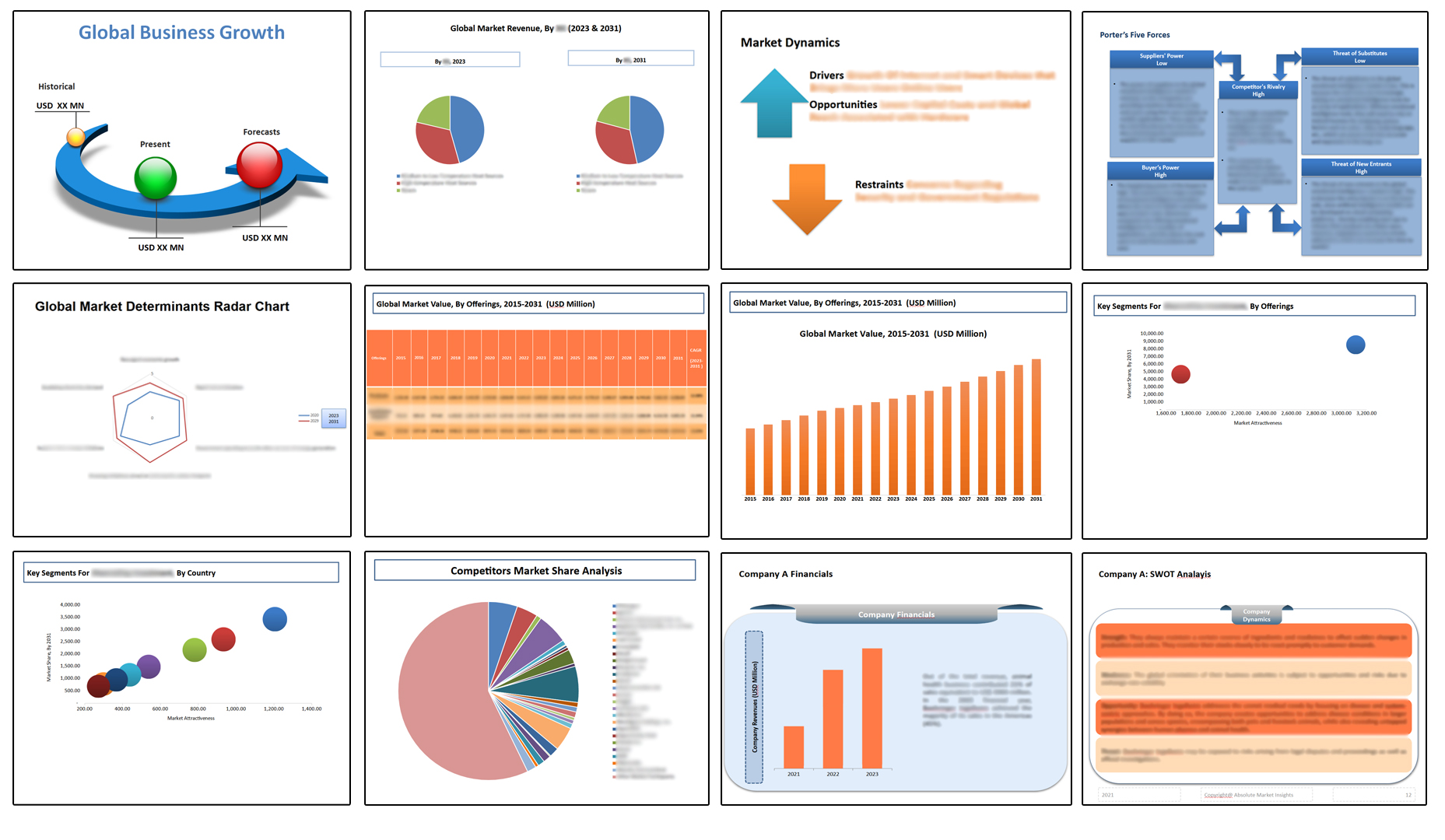
Table of Contents
Global Horse Riding Equipment Market Segmentation
By Type
By Gender
By Price Range
By Material Type
By Sales Channel
By Region
**Note: The report covers cross-segmentation analysis by region further into countries
The Niche Research approach encompasses both primary and secondary research methods to provide comprehensive insights. While primary research is the cornerstone of our studies, we also incorporate secondary research sources such as company annual reports, premium industry databases, press releases, industry journals, and white papers.
Within our primary research, we actively engage with various industry stakeholders, conducting paid interviews and surveys. Our meticulous analysis extends to every market participant in major countries, allowing us to thoroughly examine their portfolios, calculate market shares, and segment revenues.
Our data collection primarily focuses on individual countries within our research scope, enabling us to estimate regional market sizes. Typically, we employ a bottom-up approach, meticulously tracking trends in different countries. We analyze growth drivers, constraints, technological innovations, and opportunities for each country, ultimately arriving at regional figures.Our process begins by examining the growth prospects of each country. Building upon these insights, we project growth and trends for the entire region. Finally, we utilize our proprietary model to refine estimations and forecasts.
Our data validation standards are integral to ensuring the reliability and accuracy of our research findings. Here’s a breakdown of our data validation processes and the stakeholders we engage with during our primary research:
- Supply Side Analysis: We initiate a supply side analysis by directly contacting market participants, through telephonic interviews and questionnaires containing both open-ended and close-ended questions. We gather information on their portfolios, segment revenues, developments, and growth strategies.
- Demand Side Analysis: To gain insights into adoption trends and consumer preferences, we reach out to target customers and users (non-vendors). This information forms a vital part of the qualitative analysis section of our reports, covering market dynamics, adoption trends, consumer behavior, spending patterns, and other related aspects.
- Consultant Insights: We tap into the expertise of our partner consultants from around the world to obtain their unique viewpoints and perspectives. Their insights contribute to a well-rounded understanding of the markets under investigation.
- In-House Validation: To ensure data accuracy and reliability, we conduct cross-validation of data points and information through our in-house team of consultants and utilize advanced data modeling tools for thorough verification.
The forecasts we provide are based on a comprehensive assessment of various factors, including:
- Market Trends and Past Performance (Last Five Years): We accurately analyze market trends and performance data from preceding five years to identify historical patterns and understand the market’s evolution.
- Historical Performance and Growth of Market Participants: We assess the historical performance and growth trajectories of key market participants. This analysis provides insights into the competitive landscape and individual company strategies.
- Market Determinants Impact Analysis (Next Eight Years): We conduct a rigorous analysis of the factors that are projected to influence the market over the next eight years. This includes assessing both internal and external determinants that can shape market dynamics.
- Drivers and Challenges for the Forecast Period:Identify the factors expected to drive market growth during the forecast period, as well as the challenges that the industry may face. This analysis aids in deriving an accurate growth rate projection.
- New Acquisitions, Collaborations, or Partnerships: We keep a close watch on any new acquisitions, collaborations, or partnerships within the industry. These developments can have a significant impact on market dynamics and competitiveness.
- Macro and Micro Factors Analysis:A thorough examination of both macro-level factors (e.g., economic trends, regulatory changes) and micro-level factors (e.g., technological advancements, consumer preferences) that may influence the market during the forecast period.
- End-User Sentiment Analysis: To understand the market from the end-user perspective, we conduct sentiment analysis. This involves assessing the sentiment, preferences, and feedback of the end-users, which can provide valuable insights into market trends.
- Perspective of Primary Participants: Insights gathered directly from primary research participants play a crucial role in shaping our forecasts. Their perspectives and experiences provide valuable qualitative data.
- Year-on-Year Growth Trend: We utilize a year-on-year growth trend based on historical market growth and expected future trends. This helps in formulating our growth projections, aligning them with the market’s historical performance.
Research process adopted by TNR involves multiple stages, including data collection, validation, quality checks, and presentation. It’s crucial that the data and information we provide add value to your existing market understanding and expertise. We have also established partnerships with business consulting, research, and survey organizations across regions and globally to collaborate on regional analysis and data validation, ensuring the highest level of accuracy and reliability in our reports.


